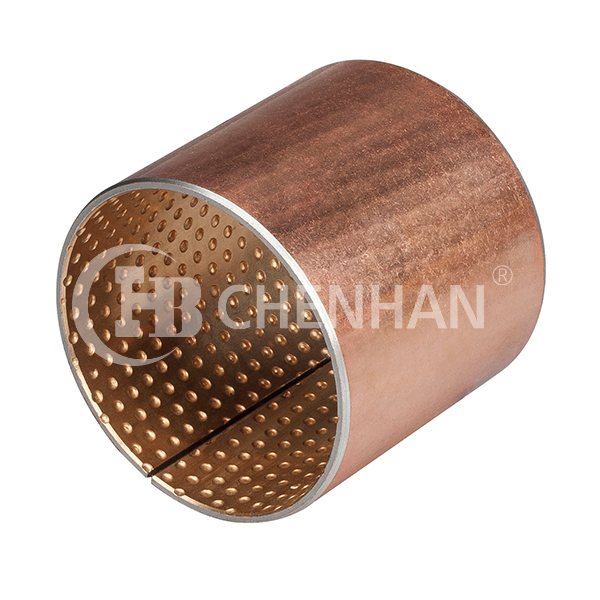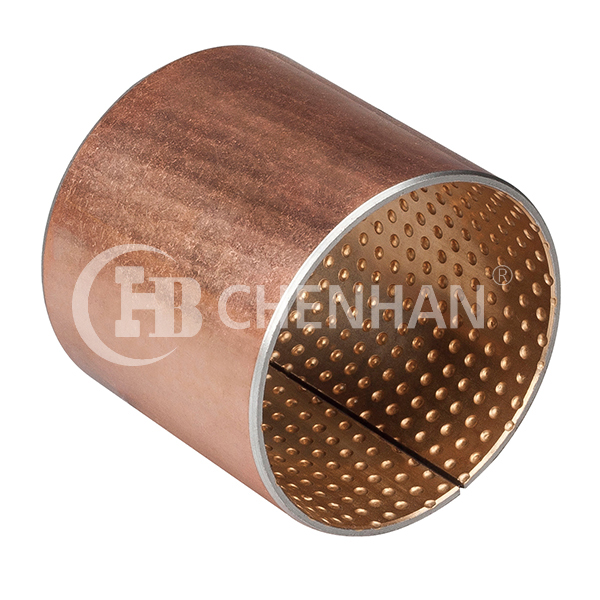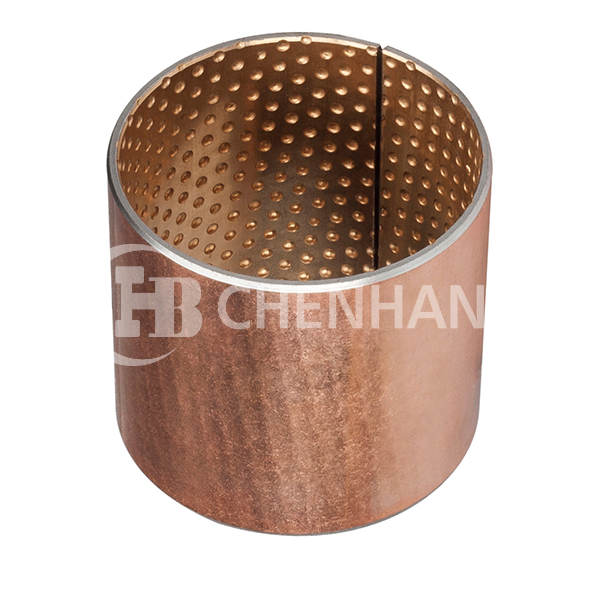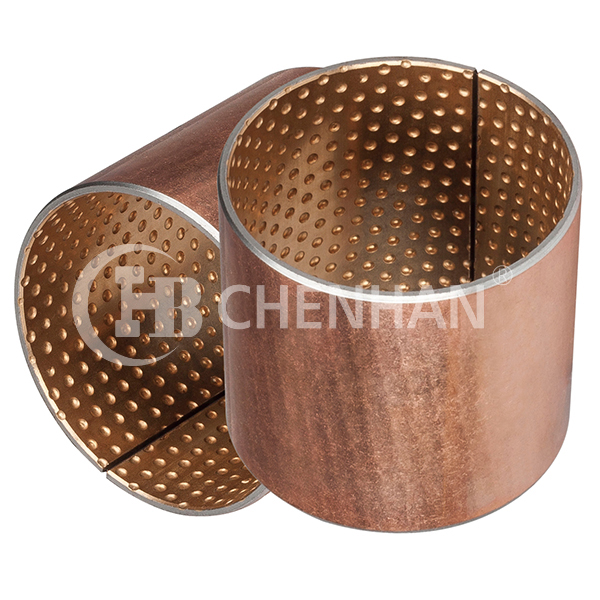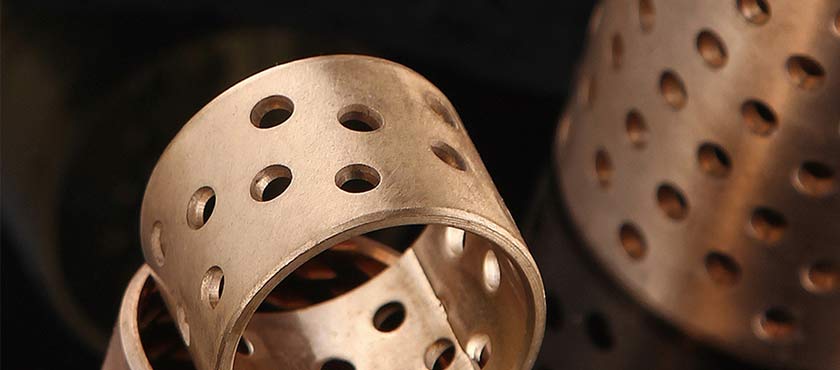
CHB800 Bimetal bearing
-
Product description
CHB800 Bimetal bearings are based on low carbon steel plate as the base material, and are the strongest bearing capacity of bialloy bearings. They are used in the balance bridge bushings and gaskets of heavy vehicles.
It is a widely used high-load low-speed sliding bearing.
Size download
-
CHB-800 Technical data
| Dynamic load |
140P N/mm² |
Maximum temperature |
Grease lubrication |
150°C |
| Line speed |
Grease lubrication |
2.5Vm/s |
Fluid lubrication |
250°C |
| Maximum PV value |
2.8N/mm². m/s |
Matching shaft diameter |
HRC |
≥ 53 |
| Coefficient of friction |
0.05~0.15 |
Roughness |
0.32~0.63 |
| Line speed |
Fluid lubrication |
5 |
Alloy layer hardness |
80~120 |
| Maximum PV value |
10 |
Thermal Conductivity |
47W/mk |
| Coefficient of friction |
0.04~0.12 |
Coefficient of linear expansion (axial) |
18×10-6/K |
Inner hole machining and non-machining thickness tolerances
Nominal thickness
Norminal Thiickness |
Inner hole non-machinable thickness tolerance
Tolerances of Series B (non-machinable) |
Machinable thickness tolerance of inner hole
Tolerances of Series C (non-machinable) |
| 1.0 |
-0.025 |
+0.25
+0.15 |
| 2.0 |
-0.030 |
+0.25
+0.15 |
| 2.5 |
-0.035 |
+0.25
+0.15 |
| 3.0 |
-0.040 |
+0.30
+0.15 |
| 3.5 |
-0.045 |
+0.30
+0.15 |
| 3.5 |
-0.050 |
+0.30
+0.15 |
Application area
Oil pocket form
Buckle form
-
Application area
Construction Machinery: Chassis of supporting wheels, towing wheel bushings of chassis; Automotive industry: Balance shaft bushings, steel pin bushings, main shaft bushings of steering knuckles, thrust washers; and side plates of plunger pumps and gear pumps Film and so on.
-
Oil pocket form
-

-
Buckle form
-

CHB-800 Classification of bimetal composite bearings
-
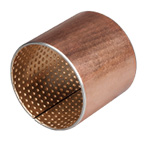
-
CHB800 Bimetal bearings are based on low carbon steel plates.
》Read More
-
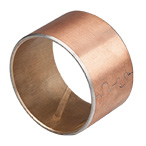
-
CHB720 Bimetal bearing, with steel plate as base
》Read More
-
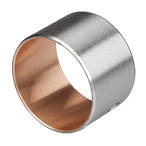
-
CHB700 Bimetal bearing, with steel plate as base.
》Read More
-

-
CHB20 High tin aluminum base bearing is based on steel plate
》Read More
-

-
CHB930 Lead-free bimetal bearing is an environmentally friendly bimetal bearing
》Read More
-

-
FB08G The solid lubricating bearing is based on the CHB800 bimetal material.
》Read More


